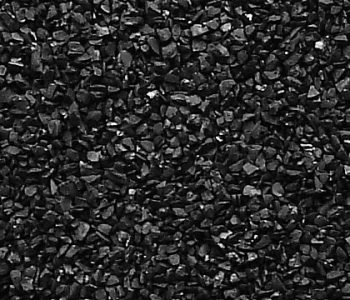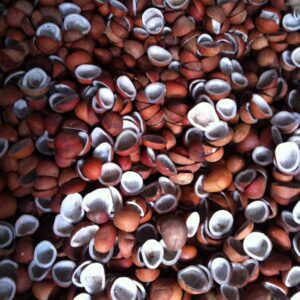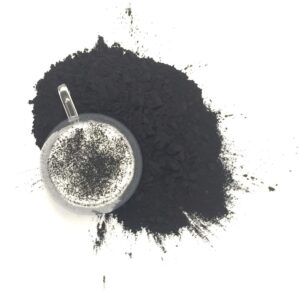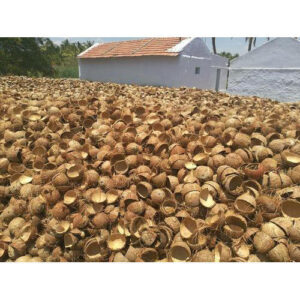Description
Active Carbon (also called activated carbon, activated charcoal, or activated coal) is a form of carbon that has been processed to make it extremely porous and thus have a very large surface area that can attract and hold organic chemicals/particles. It is said to attract 100 times it’s own weight of toxic materials.
Originally referred to as black magic back in olden days, this ingredient has long been known for its unusually dark color and ability to cure bodily ailments, remove harmful bacteria and fungus, and get rid of parasites.
Benefits:
Activated charcoal benefits and uses go far beyond the scope of air and water purifying filters, in fact it has been used for health and healing for thousands of years.
Some purported benefits of activated charcoal include water purification, digestion cleansing, treating hangovers, lowering bad cholesterol, preventing excess gas and bloat, restoring scalp health, whitening teeth, and cleaning out toxins, metal extraction, gold recovery, medicine, sewage treatment, air filters in gas masks and filter masks, filters in compressed air, deodorization of closed spaces, etc.
Activated carbon is available in different forms and shapes to suit special industry applications.
Manufacturing Process:
Charcoal: Charcoal forms the base for the manufacturing of Active carbon. Charcol is produced by heating the highly carbonaceous materials like coconut shell, peat, hard and soft wood, lignite coal, bituminous coal, olive pits, etc. Chemical activation or High Temperature Steam Activation mechanisms are used in the production of activated carbons from Charcoal.
High Temperature Steam Activation:
Steam activation is the most widely used process. Steam activated carbons are produced in a two-stage process.
1. Carbonization: Charcoal is carbonized by heating in an inert atmosphere without oxygen at extremely high temperatures (600-900 degrees Celsius). Afterwards, the carbon is exposed to different gases like argon and nitrogen, and again placed in a tank and superheated from 600-1200 degrees Celsius.
2. Activation/Oxidation: The second stage is the activation stage which enlarges the pore structure, increases the internal surface area and makes it more accessible. The carbonized product is activated with steam at a temperature between 900C and 1100C. The chemical reaction between the carbon and steam takes place at the internal surface of the carbon, removing carbon from the pore walls and thereby enlarging the pores.
The steam activation process allows the pore size to be readily altered and carbons can be produced to suit specific end-sues. For an example, the pore structure has to be opened up more for the adsorption of small molecules from a solution, as in water purification, than for the adsorption of large colour molecules in sugar decolorization.








Reviews
There are no reviews yet.